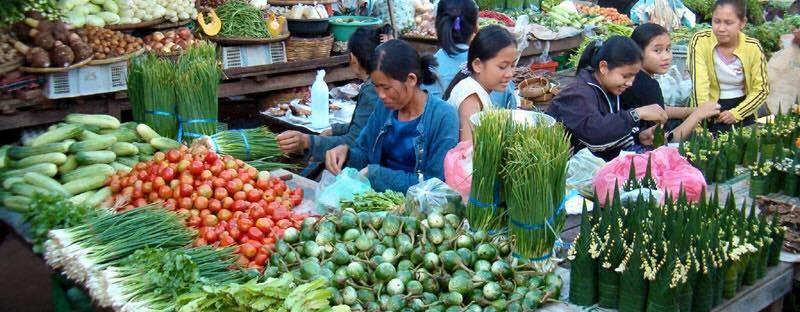Thus begins L’amant. A small, perfect novel that finds a felicitous and masterly balance between formalism and powerful emotional effect. A love affair between an adolescent French girl and a wealthy Chinese man in the 1920s.
“My mother sometimes tells me that never in my whole life shall I ever again see rivers as beautiful and big and wild as these, the Mekong and its tributaries going down to the sea, the great regions of water soon to disappear into the caves of the ocean. In the surrounding flatness stretching as far as the eye can see, the rivers flow as if the earth sloped downwards”.
That’s her memoir of the Mekong River flowing through the town of Sadec, where still stands abandoned the house of her refined but reticent paramour. Being known for the name “garden of Cochin-china”, Sadec is more to love than the lover’s house. The house is interesting only if we have read the book. But, the villages with endless rows of colorful flowers are much more tempting. This small, sleepy town must be bustling these days when the Tet holiday is in the air.
The way flowers are grown in Sa Dec is quite different from other places. Here, the flowers are not planted in beds but on a high shelves with canals between them. Growers have to row a boat to tend and harvest the flowers, creating picturesque scenes that would be difficult to find elsewhere.
“When you have only two pennies left in the world, buy a loaf of bread with one, and a lily with the other”, a famous proverb says. I usually bought flowers with the only penny left. So a visit to flower villages in Sadec is always a must-do before Tet.
Yay, Tet is coming. The flowers are blooming. And I am so boring in a long lost holiday and dreaming about a love story in the time of colonies and the gardens of Cochinchine…







